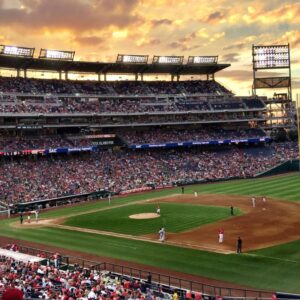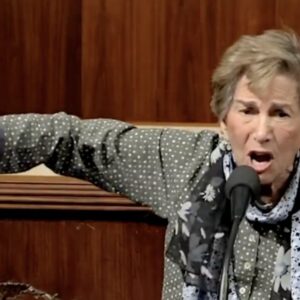President Donald Trump has continued to tout his proposal for $2,000 tariff-funded dividend checks for most Americans next year, raising public expectations of financial relief at a time when prices remain stubbornly high.
“We’ve collected hundreds of billions in tariff revenue. We’re going to start distributing dividends… likely by the middle of next year, maybe slightly later, worth thousands of dollars for people with moderate and middle incomes,” Trump said Monday.
But economists and policy analysts warn that the likelihood of these payments actually materializing is extremely slim.
The Numbers Don’t Work
The biggest obstacle is simple arithmetic: the revenues fall far short of the cost. While the new tariffs are projected to bring in $158.4 billion in 2025 and $207.5 billion in 2026, estimates show the proposed checks would require significantly more funding.
One scenario—limiting payments to tax filers and their spouses earning under $100,000—would cost $279.8 billion, overshooting expected 2025 tariff revenue by $121 billion. More generous options that include dependents or non-filers could push the total to $606.8 billion, nearly twice the combined revenue expected from tariffs over 2025 and 2026.
“This idea imagines a kind of endless source of money. But that’s just not how this works,” said Scott Lincicome, vice president of general economics at the Cato Institute, in an interview with CNN.
Congress Could Block the Plan
Even if the math made sense, the payments would still require congressional approval—an uncertain prospect. Fiscal conservatives in the GOP have already resisted Trump’s earlier tax and spending proposals, and with the national debt now eclipsing $38 trillion, another multi-hundred-billion-dollar program faces steep political resistance.
“It’s extremely hard to imagine Republican budget hawks signing off on another $300 to $600 billion in spending,” Lincicome added.
Risk of Inflation
Economists also caution that even if the checks were approved, they could trigger another spike in inflation. Many recipients would likely spend the money immediately, lifting demand without boosting supply—conditions that typically drive prices higher. Analysts have partly blamed pandemic-era stimulus checks for the inflation wave of 2021, and some conservative economists argue tax cuts would be far less inflationary.
Stephen Moore, a former economic adviser to Trump, told CNN, “If tariff revenue exists, it should be used to reduce income taxes across the board. Sending out stimulus checks only fuels inflation.”
Legal Barriers: The Supreme Court’s Role
Legal uncertainty presents yet another challenge. The Supreme Court has recently raised concerns about the legality of Trump’s global tariffs. If the justices strike down most of them, as much as 75% of the projected revenue could disappear—effectively killing the dividend proposal before it ever launches.
A Last-Resort Scenario
Most experts agree that the only realistic pathway for the $2,000 payments to happen would be a major economic downturn—such as a recession or rapidly rising unemployment—where emergency direct payments could be justified as a stabilization tool.
“It’s ironic, but we almost shouldn’t hope these checks ever become necessary,” noted Ed Mills, a Washington policy analyst. “This is the kind of measure you only break out in a true crisis—when every other option has failed.”




